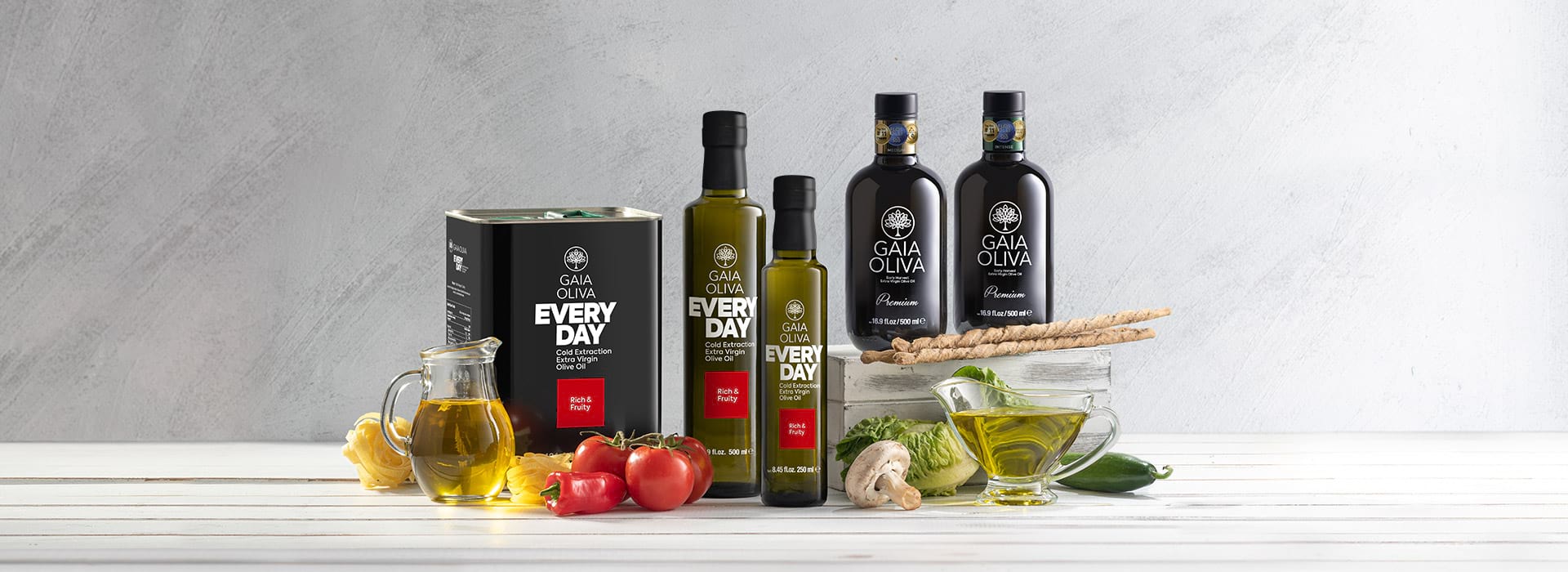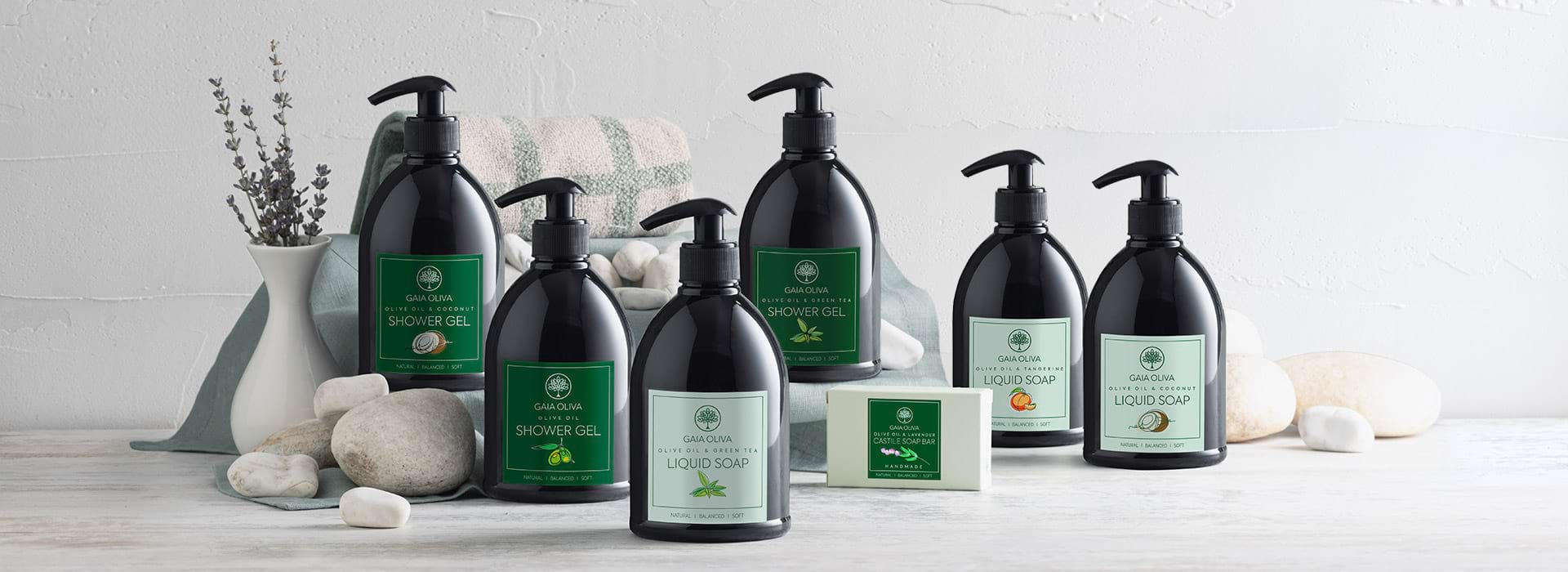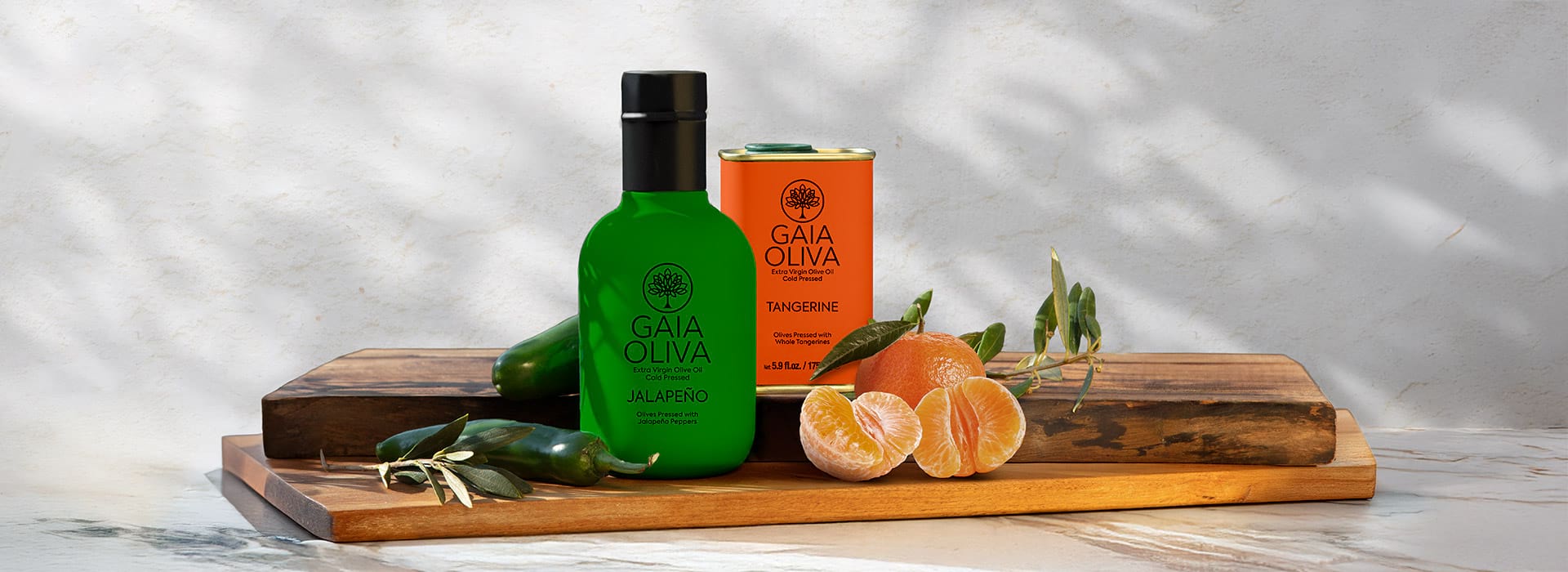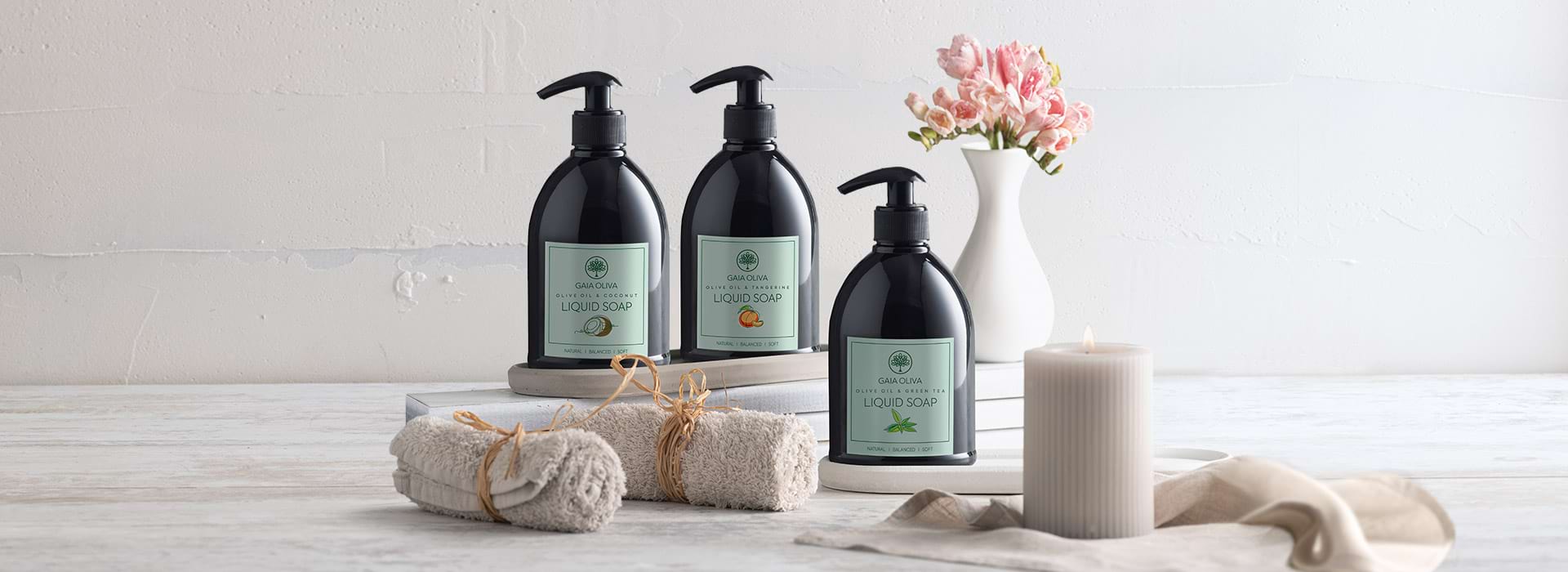What Is The Ideal Color Of Olive Oil?
When it comes to choosing olive oil, there’s more to it than just grabbing a bottle off the shelf. To find the flavor that best compliments your taste, you'll need to pay attention to a few important details. From the oil’s aroma and extraction methods to the timing of the olive harvest, these factors provide subtle clues about the oil’s flavor and quality. By following these hints, you can confidently pick an olive oil that’s both delicious and top-notch. But where does color fit into all of this? Is it a key factor in determining the quality and taste of olive oil?
As you dive into your olive oil search, you’ll likely notice that it comes in a variety of colors—ranging from golden yellow to deep green. With so much variety, it’s natural to wonder, “Does the color of olive oil really matter when it comes to taste and quality?”
Let’s settle that question once and for all: What should the ideal color of olive oil be? In this post, we’ll break down the factors that affect olive oil’s color and whether it can actually be a reliable indicator of quality. Stick around to discover what the perfect shade of olive oil can tell you!
What Determines the Color of Olive Oil?
Have you ever wondered why some olive oils are a rich, dark green while others are a pale yellow? The truth is, the color of olive oil can vary widely, and it’s not just about how or when the olives are harvested.
Olive oil—nature's liquid gold—can be produced from olives harvested at different times or extracted using various methods. Early harvest olive oil, for example, comes from unripe green olives, while late harvest oil is made from ripe, black olives. But here’s the kicker: neither the harvest time nor the pressing method is what truly determines olive oil’s color.
So, what does? The answer lies in the olive tree’s growing conditions. Factors like the region where the tree is cultivated, the variety of olive, the type of soil, and even the climate all play a significant role. That’s why olive oil can range from light yellow to deep green, depending on where it comes from.
Each region has its own unique combination of soil, weather, and olive types, and these elements work together to influence the final color of the oil. The next time you see a bottle of olive oil, remember—the color is a reflection of its origin, offering a glimpse into the landscape where those olives were grown.

Does Olive Oil Color Indicate Its Quality?
As we’ve discussed, color variations in olive oil are mainly due to regional factors. So, it’s perfectly normal for olive oil from Italy to look different from oil made in Turkey. But here’s the key point—color doesn’t determine quality. Instead, the taste and aroma are where you should focus to assess olive oil’s quality.
Here’s a fun fact: international olive oil competitions are designed to avoid any color bias. During the tasting, oils are served in dark glasses to ensure that the judges evaluate them based solely on their flavor and aroma, not their color. This way, the real markers of quality—those delicious, positive sensory attributes—shine through.
Curious about what else matters in olive oil tasting? Dive into our article, "Golden Standards for Olive Oil Tasting," to discover more tips and tricks.
Choosing the Right Olive Oil
If color isn’t a quality indicator, you might be wondering what you should look for when picking out olive oil. Finding the right olive oil that enhances your dishes and fits your taste involves a few key considerations. Let’s break down these factors so you can make an informed choice and enjoy the best olive oil for your needs.

Why Harvest Time Matters in Olive Oil Selection
Choosing the right olive oil isn’t as easy as picking a bottle off the shelf—it’s about understanding the nuances that make each oil unique. One key factor to consider is the harvest time, which can significantly affect the flavor profile of the oil.
Early harvest olive oil is crafted from olives that haven’t fully ripened yet. This results in a vibrant, intense flavor with a distinct, slightly bitter edge. On the other hand, late harvest olive oil is made from fully ripe olives, offering a smoother, milder taste that’s less sharp.
Curious about how early harvest olive oil compares to late harvest options? Dive into our article, “Nature’s Pure Gift: What is Early Harvest Olive Oil?” to uncover all the details.
Extra Virgin vs. Riviera Olive Oil: What’s the Difference?
Another important consideration in your olive oil journey is understanding the difference between extra virgin and Riviera olive oil. These terms highlight crucial differences in production and quality.
Extra virgin olive oil is made using natural methods that keep the olive’s essential qualities intact. This means it’s packed with rich flavors and nutrients that showcase the true essence of the olive.
Riviera olive oil, however, is a blend of refined olive oil and extra virgin olive oil. The refined portion has been chemically processed, which can strip away some of the olive’s natural flavors and nutrients. If you’re after an olive oil that offers authentic taste and high nutritional value, extra virgin olive oil is your best bet.

Understanding Olive Oil Extraction Methods: Cold Pressing vs. Hot Pressing
When choosing olive oil, knowing about the extraction methods can make a big difference in what you’re getting in the bottle. You’ve probably heard about cold pressing and hot pressing—two common methods used to produce olive oil. But how do these methods affect the quality of the oil? Let’s dive into the details.
Cold Pressing vs. Hot Pressing
To make olive oil, olives are first turned into a paste. This paste is then kneaded to extract the oil. During this process, water is added and heated. If the water temperature stays below 27°C (81°F), the method used is called cold pressing. If it ranges between 27°C and 50°C (81°F and 122°F), it’s referred to as hot pressing.
Here’s the scoop: hot pressing can yield more oil, but it also involves higher temperatures that can lower the oil’s polyphenol content. Polyphenols are the antioxidants that give olive oil its health benefits, and they’re sensitive to heat. So, while hot pressing might give you more oil, it can also mean fewer of those valuable nutrients.
Cold pressing, on the other hand, keeps the temperature low, which helps retain more of those beneficial polyphenols. This means cold-pressed olive oils are richer in these health-promoting compounds. If you’re after the best flavor and the most health benefits, cold-pressed olive oil is your top pick.
The Importance of Bottling
How olive oil is bottled is just as important as how it’s extracted. Olive oil is delicate and can easily be affected by heat and light, which can degrade its flavor and nutrients. That’s why choosing the right type of bottle matters.
Plastic bottles can contain BPA, a chemical that could harm the oil’s beneficial properties. To keep your olive oil fresh and nutritious, opt for glass bottles.
But not all glass bottles are created equal. Transparent glass allows light to penetrate, which can reduce the oil’s polyphenol content and affect its flavor. To avoid this, look for olive oil stored in dark-colored glass bottles. These better protect the oil from light and help maintain its quality.
Want to make sure you’re getting the best olive oil for your needs? Keep these tips in mind and choose wisely!

With so many factors to consider, choosing the right olive oil can feel overwhelming. But don’t worry—by paying attention to these key elements, you can find an olive oil that not only suits your taste but also ensures natural quality.
If you’re asking yourself, “How can I find all these qualities in one olive oil?” look no further than Gaia Oliva. Our olive oils are crafted with care, from the harvest right through to the bottling process, ensuring that every drop delivers natural goodness right to your table.
By choosing Gaia Oliva, you’re not just picking an olive oil; you’re choosing a unique flavor experience that stands out. Enjoy the pure, rich taste of olive oil in its most natural form and let Gaia Oliva leave an unforgettable impression on your palate.











Leave a comment